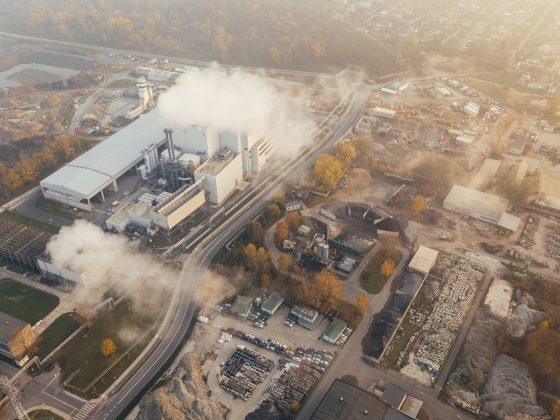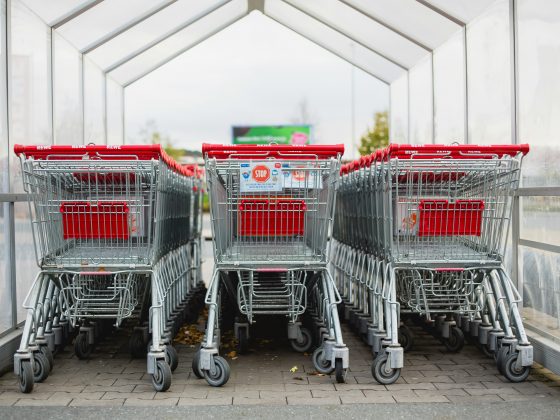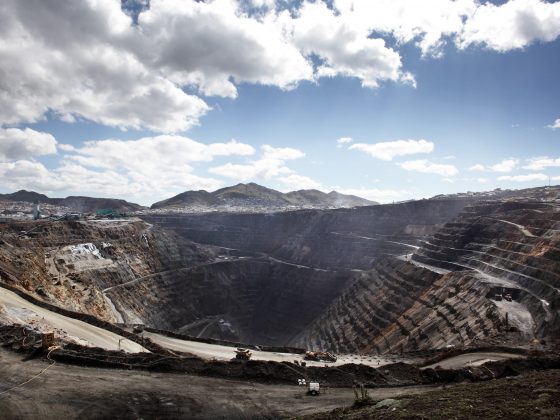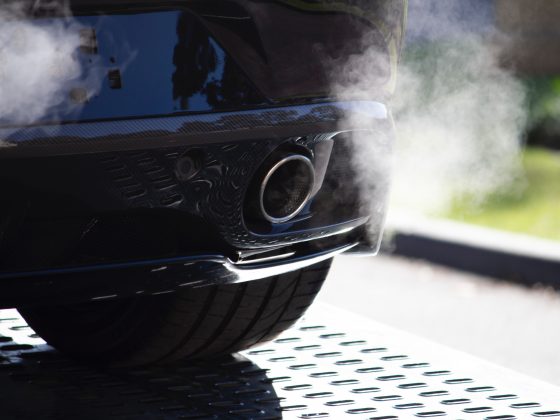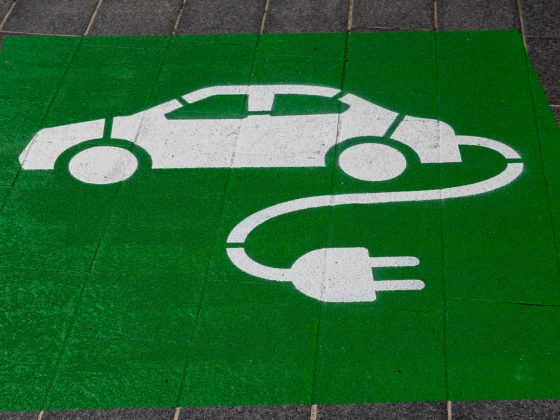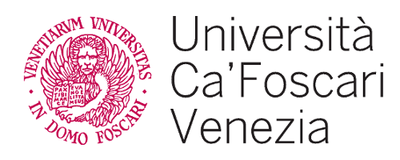The EU wants to fix the loopholes in its emissions trading system with a new carbon border adjustment mechanism. It needs companies to comply with rather than sidestep new rules.
The European Union (EU) has positioned itself as a leader in taking the climate crisis seriously. It has implemented a series of policy measures to reduce economy-wide emissions by at least 55 per cent below 1990 levels before 2030, and to achieve climate neutrality before 2050.
Central to EU climate policy is the EU emissions trading system (ETS) which has put a price on the carbon emitted by firms. An ETS requires firms to acquire emissions permits in order to pollute. Regulators set a cap on the total amount of allowable emissions and this limit creates a shortfall for firms that have to decide whether to reduce emissions or buy additional permits. Firms generally like ETSs due to the flexibility they give over how to comply. Regulators also like them because they enable them to gain control over emissions limits without needing to actually set prices. Although quite administratively complex, an ETS is considered the most cost-efficient way to reduce emissions.
And yet, due to fears about what is known as carbon leakage, the EU ETS has been operating with a giant loophole. This loophole has allowed many companies producing carbon-intensive commodities within the EU to avoid paying the fees for carbon emissions. The carbon border adjustment mechanism (CBAM) seeks to close the carbon leakage loophole.
The problem of carbon leakage
Carbon leakage happens if businesses that are subject to carbon fees transfer production to jurisdictions with less stringent emissions constraints. The idea is underpinned by a simple economic assumption: when a rule imposes a cost in one jurisdiction that is not imposed in another jurisdiction, firms that incur the additional cost may suffer a competitive disadvantage. All other things being equal, firms may simply relocate to a jurisdiction that does not impose these costs. Moreover, firms that do not either move abroad or increase their use of inputs that are made abroad may find themselves at a serious competitive disadvantage.
The EU ETS has dealt with this by providing free carbon allowances for firms within the EU that are highly exposed to international competition—that is, competition from jurisdictions that do not put a price on carbon. That way, the incentive for carbon-intensive firms to leave the EU is reduced. European producers of a number of energy-intensive products such as steel, aluminum, chemicals, and cement have therefore been receiving free emissions permits so as not to disadvantage them in competing against producers from countries without a price on carbon.
Of course, this solution defeats the purpose of the ETS to some degree, by exempting some emissions from fees and, maybe more importantly, removing the price signal that is supposed to drive emissions downward. In addition, when firms within the EU use materials that were manufactured in countries without carbon taxes or fees, they are essentially benefitting from “imported emissions” from the manufacturing of those materials.
The new carbon border adjustment mechanism
The CBAM is a proposed solution that aims to tackle the carbon leakage problem in a way that does not undermine the ETS. The CBAM proposes to ensure equivalent carbon pricing for imports and domestic products by imposing an ETS-matched carbon price on goods imported into the EU.
If the economic logic is ‘all other things being equal, firms may simply relocate to a jurisdiction that does not impose these costs’, the CBAM solves both sides of the problem. Firms within the EU jurisdiction are not at a competitive disadvantage relative to firms in other jurisdictions. Firms in other jurisdictions need to buy emissions permits in order for their products to enter the European market. And because emissions permits are required for market entry, firms that relocate—or that rely on imported inputs—should not drive aggregate emissions up. That is, unless they decide to lose access to the European market.
In a world of multinational corporations and global supply chains, the CBAM could be a model for dealing with the problem of imported emissions and carbon leakage. Already, the CBAM has renewed discussions about a “climate club” of countries whose carbon fees would be treated as equivalent to the EU’s rather than imposing new charges.
But the CBAM also raises a number of questions. Countries that export aluminum, steel, and other covered products to the EU have already begun to argue that the CBAM will unfairly discriminate against their imports (due in part to the way the charges will be calculated). They also claim it is incompatible with World Trade Organization rules. In addition, it is unclear whether the new system will turn energy-intensive companies within the EU into enthusiasts for the ETS or whether the prospect of being subject to fluctuating climate prices—rather than free allowances—will be too much to bear.
Perhaps the most interesting questions concern how different types of businesses will respond to the CBAM. Firms that export many of the energy-intensive items they make in the EU have already raised concerns that the CBAM disadvantages them in these export markets. In addition, the CBAM may expose climate divisions within industries, as environmental laggards discover that paying to pollute is deleterious to their competitive position relative to other firms within the same jurisdiction.
As we observe the haggling over exemptions, delays in implementation, and the opening or closing of loopholes, we can only hope that the reformed ETS works in practice to demonstrate the EU’s continued leadership on climate policy, rather than reflecting the competitive advantage of some firms and industries in the business of lobbying.





